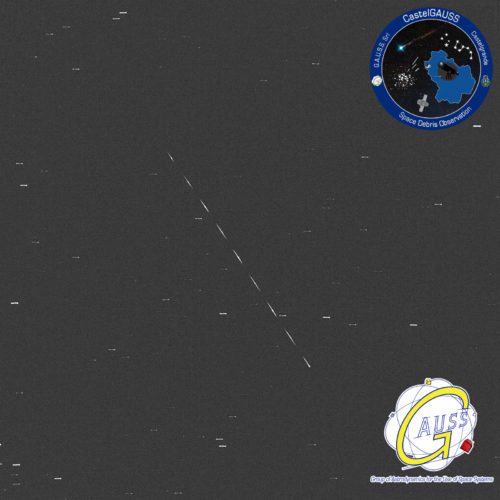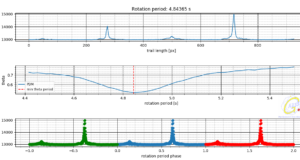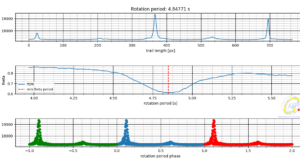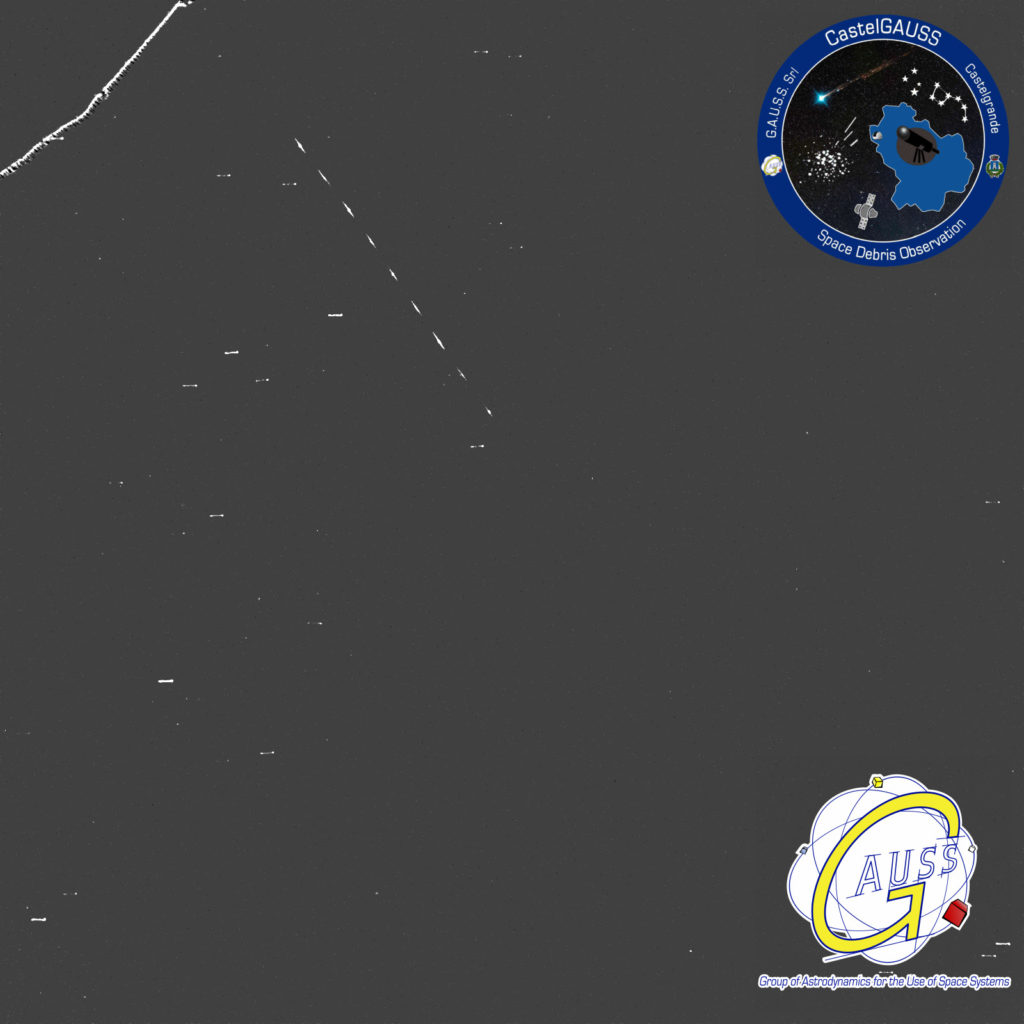GAUSS has been actively monitoring the descent and reentry of the upper stage of Long March 5B (CZ-5B) using CastelGAUSS Observatory.
The CZ-5B launch vehicle is developed by the China Academy of Launch Vehicle Technology (CALT) and it was launched from Wenchang Satellite Launch Center, Hainan, China, on 29th of April, 2021. The official launch number is 5B-Y2.
The main payload was the core module of the Chinese Space Station Tianhe.
The CZ-5B launcher configuration consists of a main core stage (CZ-5-500) and four boosters attached to it (CZ-5-300). The main core stage has a diameter of 5m and a length of about 33m, with an estimated dry weight of about 21 metric tons.
Rocket body reentries (reentry in the atmosphere of rocket stages after their mission fulfillment) always happen during and after a space launch.
What is notable about this rocket body reentry is the core stage great mass and that it reached orbital altitude and velocity.
The significant mass and its uncontrolled reentry may pose a safety risk of fragments potentially reaching ground.
Therefore, the object has been actively tracked by radar and optical tracking stations around the world, to observe its altitude change, and elaborate a risk model to assess the probability, location and time of the actual final deorbiting phase.
NORAD ID of the detected Chinese space debris is 48275, with International Designator number 2021-035B.
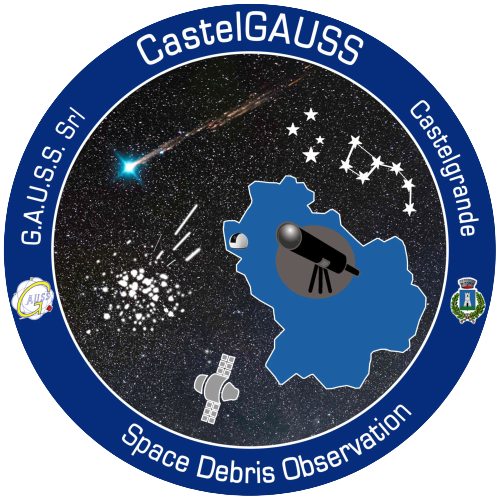
CastelGAUSS Space Debris Observatory Mission Logo
CastelGAUSS Observatory has been tracking this huge space debris for over a week and it shared meaningful data to institutional Entities to provide Space Situational Awareness data.
The first observation from CastelGAUSS was executed on the night of May 3rd, 2021, at 2:35:30 UTC, and the observation was used only for astrometry purposes.
The second observation has been done on the night of May 5th, 2021, at 2:02:00 UTC.
Eleven images were produced of the object, the first seven were used for astrometry purposes and they were shot with a CCD exposure of 0.1s, while the last four images were used for photometry research, and the exposure time was 20s.
Photometry research was used to identify the period of rotation of the object, which is 4.84s, as seen on the diagrams below.
The first picture and the following are the images produced during the 20s exposure observation, where it is visible the change in brightness of the object as it tumbles while orbiting, thus reflecting more or less incoming light based on the Sun – Object Current Attitude – Viewer angle.
Current decay predictions from Space-track place the de-orbit event on May 8th, 2021, 23:13:00 UTC.
The transient variability of solar activity may alter Earth’s upper atmosphere density profile, therefore these last tracking events are key to a correct decay prediction.
Specific photometric studies that can be executed at CastelGAUSS Observatory allow to identify even the main reflective material of the object.

